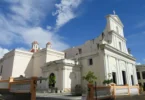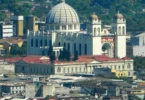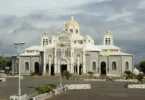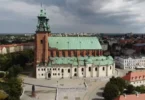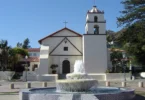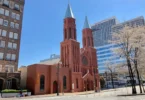Introduction
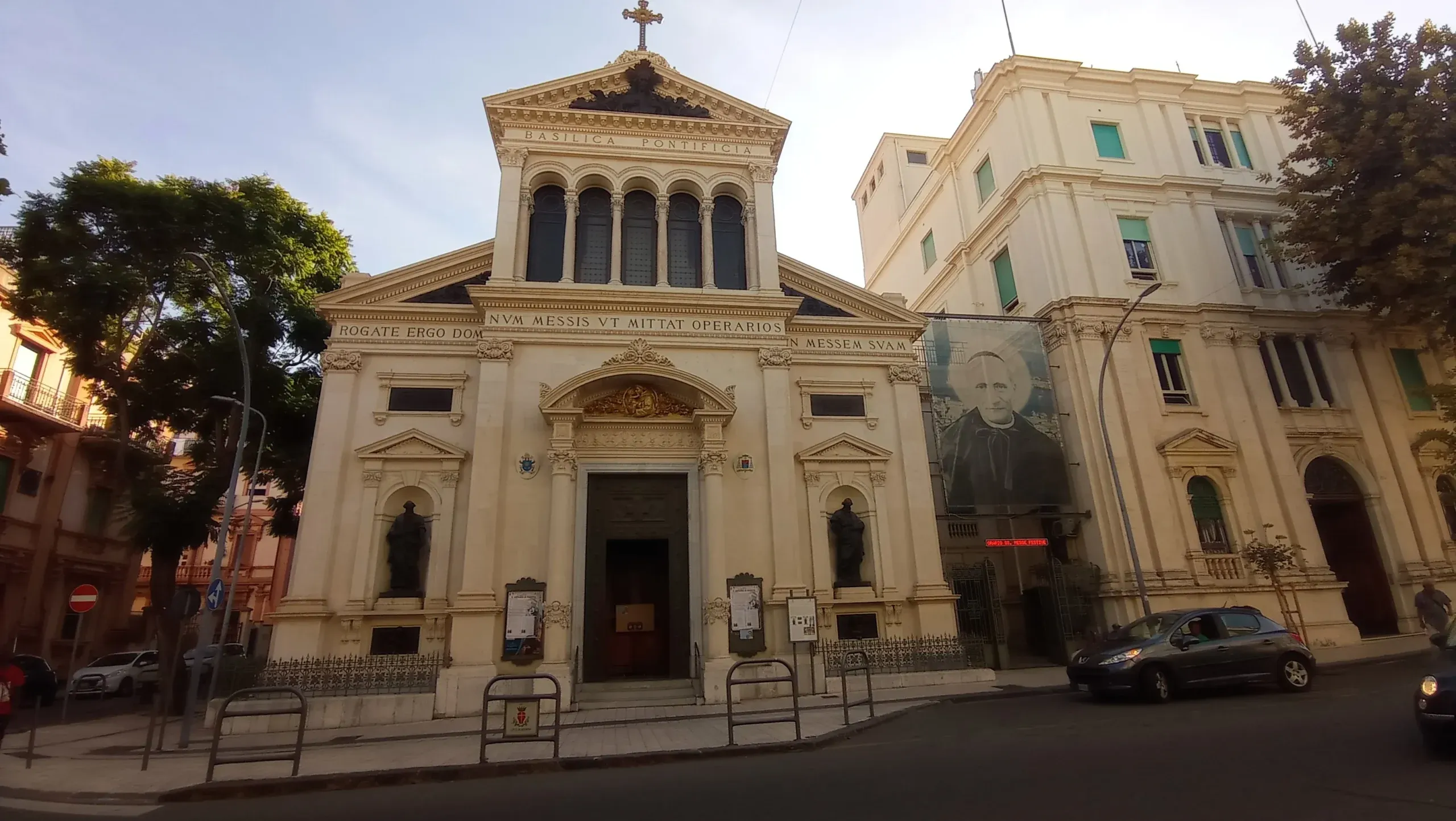
The Basilica Sanctuary of Saint Anthony of Padua and the Sacred Heart of Jesus is a prominent Roman Catholic church located in the heart of Messina, Sicily, along Via Santa Cecilia. It serves not only as a parish church but also as a major center of devotion for the faithful in the city and surrounding region. The basilica is dedicated to Saint Anthony of Padua, one of the most beloved saints in Christianity, renowned for his powerful intercession, as well as to the Sacred Heart of Jesus, symbolizing Christ’s boundless divine love for humanity.
This dual dedication reflects the deep spiritual and theological traditions upheld within the basilica’s walls, making it a place of profound worship, pilgrimage, and pastoral care. Recognized for its architectural beauty and religious importance, the sanctuary was elevated to the status of minor basilica, highlighting its significance in the ecclesiastical landscape of Messina and its connection to the wider Catholic Church. Through its liturgical life, social outreach, and rich history, the basilica continues to be a vital spiritual hub for the local community and beyond.
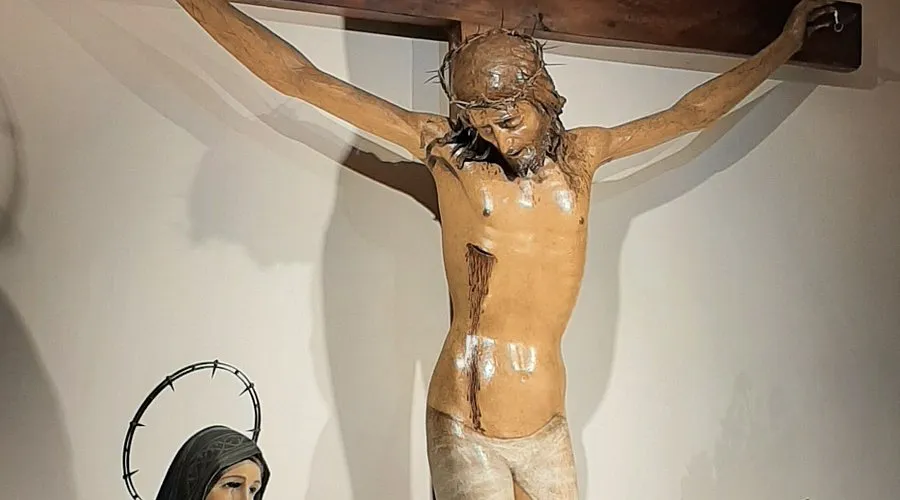
The Basilica Sanctuary of Saint Anthony of Padua and the Sacred Heart of Jesus stands as a spiritual and historical cornerstone in Messina, built on the site of the old “Avignone” neighborhood—a district once known for its extreme poverty and social marginalization. It was here, in March 1878, that Saint Annibale Maria Di Francia began his apostolic mission, dedicating his life to serving the poor, the orphaned, and the spiritually abandoned. His work in Avignone marked the beginning of a profound religious and social transformation.
Origins and Early Development
In 1881, within the humble dwellings of the Avignone quarter, Saint Annibale established the first chapel dedicated to the Sacred Heart of Jesus. This small sacred space became a beacon of hope and prayer for the marginalized community. After the devastating earthquake of 1908, which destroyed much of Messina, a shack-church was erected on the site—gifted by Pope Saint Pius X. In this temporary structure, Saint Annibale publicly proclaimed Saint Anthony of Padua as “a most singular and tireless benefactor of us and of all those who recommend themselves to our prayers,” deepening the local devotion to the Franciscan saint.
The Fire and the Birth of the Basilica
Tragedy struck again on the night between 26 and 27 April 1919, when a mysterious fire reduced the shack-church to ashes. As the fire raged, a local woman prophetically cried out: “Do not worry, now Father Francia will make one all of gold.” Her words foreshadowed the construction of the grand sanctuary that would soon follow. On 3 April 1921, the first stone of the new sanctuary was laid. Just five years later, on 4 April 1926, the church was officially inaugurated. It bore a dual title: the Temple of the Evangelical Rogation of the Heart of Jesus and the Sanctuary of Saint Anthony of Padua. The term Temple of the Rogation reflects its unique status as the first church in the world dedicated specifically to prayer for vocations, inspired by Christ’s command in the Gospel: “Pray therefore the Lord of the harvest to send workers into His harvest.”
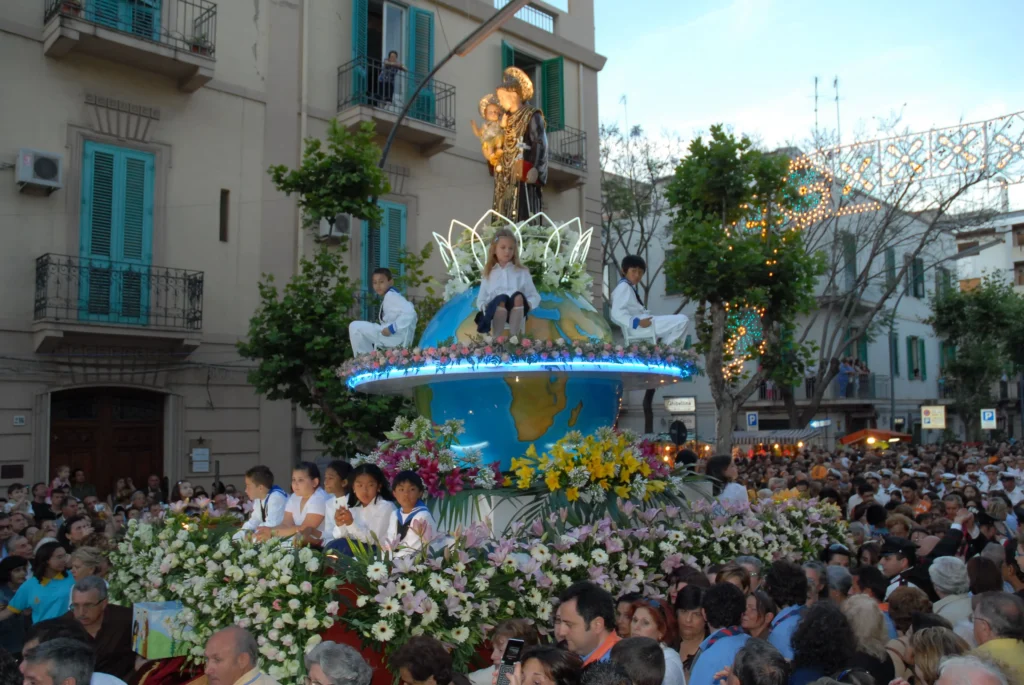
Devotion to Saint Anthony and the “Bread of the Poor”
Saint Annibale’s deep devotion to Saint Anthony of Padua began in 1887, with the introduction of the now world-renowned devotion known as the “Bread of Saint Anthony.” This began when a woman named Susanna Consiglio, during a cholera outbreak, made a vow to Saint Anthony: if she and her children survived, she would donate money for the bread of Father Annibale’s orphans. Her prayer was answered, and she fulfilled her vow, prompting Saint Annibale to spread the devotion globally. This tradition continues to this day as a means of supporting the poor and invoking the intercession of Saint Anthony.
Architectural and Ecclesiastical Milestones
The sanctuary was designed in an eclectic architectural style by the engineer Letterio Savoja. Construction commenced in 1921 and the church was consecrated on 19 August 1937 by Monsignor Pio Giardina, auxiliary bishop of Messina. A major moment in its history came on 11 June 1988, when Pope Saint John Paul II visited the sanctuary during his apostolic journey to Messina for the canonization of Blessed Eustochia Calafato. This papal visit brought immense honor to the sanctuary and reaffirmed its importance in the life of the Church.
On 4 April 2006, the sanctuary was officially elevated to the rank of Minor Basilica by a decree from the Dicastery for Divine Worship and the Discipline of the Sacraments. The formal proclamation of this elevation was made during a solemn Eucharistic celebration presided over by Archbishop Giovanni Marra on 23 June 2006. Today, the Basilica Sanctuary remains a dynamic center of prayer, charity, and vocational inspiration, continuing the legacy of Saint Annibale Maria Di Francia and embodying the living spirit of devotion to the Sacred Heart of Jesus and Saint Anthony of Padua.
Interior
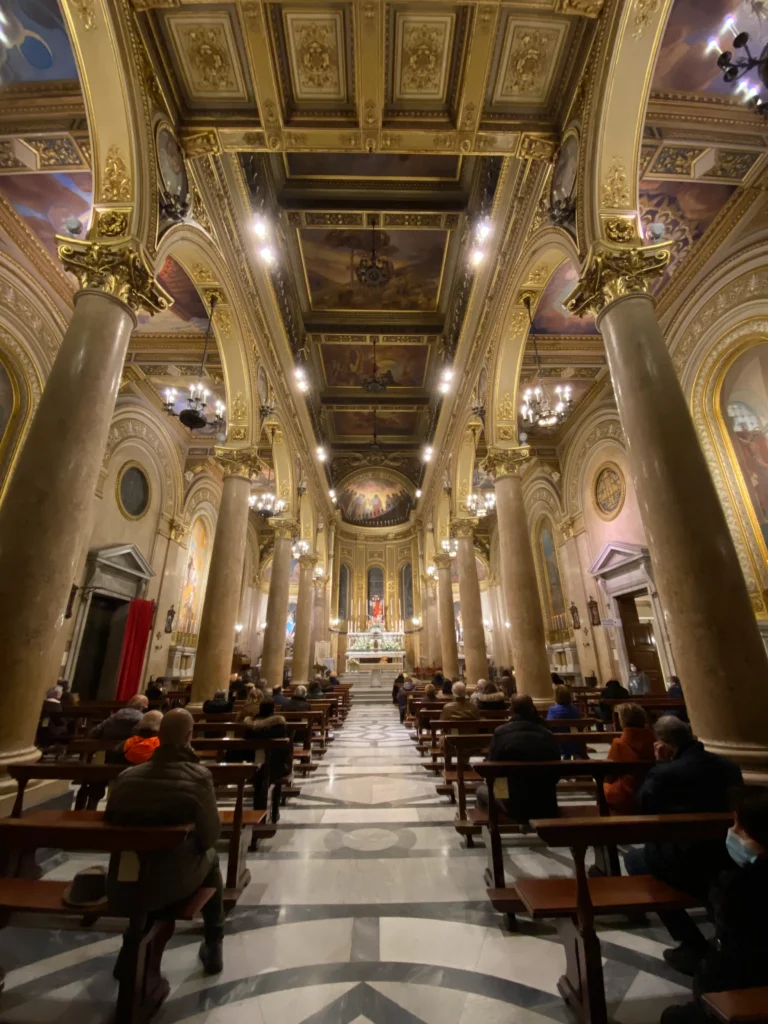
Architecture of Basilica Shrine of the Sacred Heart of Jesus and St. Anthony, Messina, Italy
Architect: Letterio Savoia
Architectural Style: Eclectic architecture
The Basilica: Architecture and Interior Design
The Basilica Sanctuary of Saint Anthony of Padua and the Sacred Heart of Jesus in Messina stands as a remarkable testament to early 20th-century sacred architecture, harmoniously blending artistic grandeur with deep spiritual meaning. The exterior is built from elegant Melilli stone, a prized material from the province of Syracuse, which lends a dignified appearance to the structure. Flanking the entrance are two bronze statues of Saints Luke and Matthew, sculpted by the artist Sindoni, while the tympanums above the entrance are richly decorated with bas-reliefs, including a prominent representation of the Sacred Heart of Jesus by Giuseppe D’Arrigo, adding classical beauty and theological resonance to the basilica’s facade.
Inside, the church unfolds in a richly adorned visual narrative of faith. The entire interior is embellished with intricate stucco work and frescoes by Rosario Spagnoli. The left nave, dedicated to the Virgin Mary, features a stunning series of Marian and biblical scenes, including the Triumph of the Immaculate Conception, Judith and Holofernes, the Virgin crushing the serpent, Queen Esther, and Noah’s Ark. In the central nave, frescoes illustrate Christ entrusting His apostles with the command to pray for vocations—an artistic expression of the basilica’s foundational mission. Additional paintings depict the prophet Elijah in a fiery ascent, choirs of angels, the Sacred Heart of Jesus, Saint Margaret, Jesus as the Good Shepherd, and Saint Cecilia at her organ. Dominating the counter-façade is a grand pipe organ, built in 1962 by the Ruffatti Brothers. With 20 registers, two manuals, and a pedal, the organ enhances the liturgical and musical life of the church. Beneath the basilica lies the crypt, a revered space that preserves the incorrupt body of Saint Annibale Maria Di Francia, the founder of the basilica and tireless servant of the poor and orphaned.
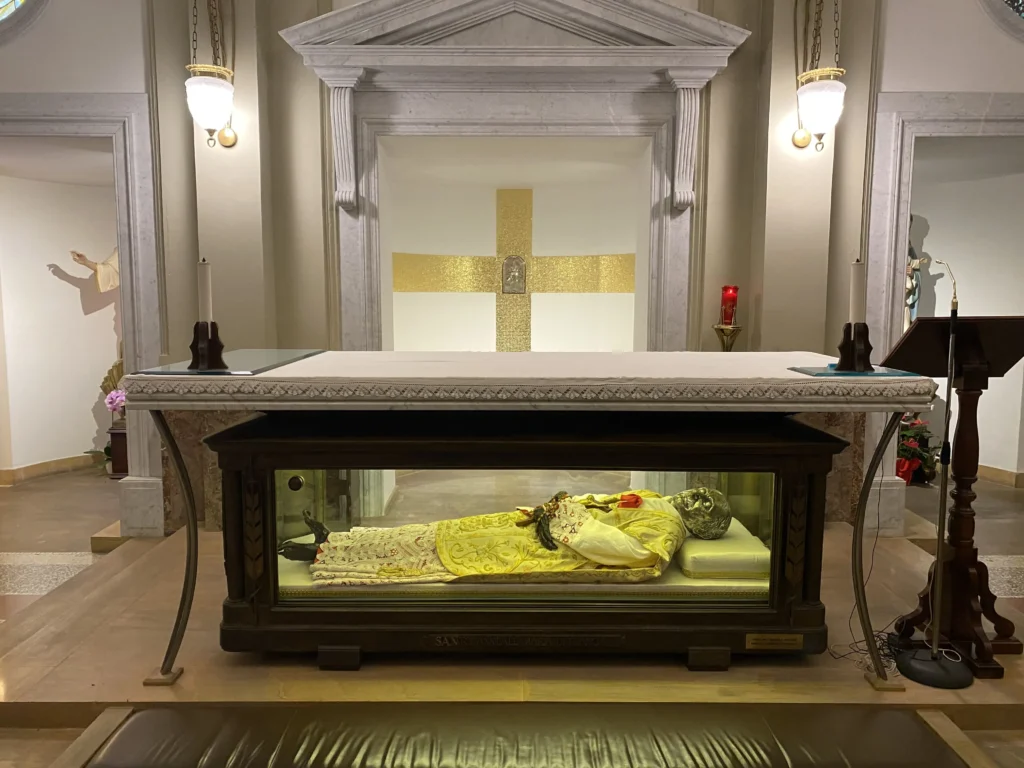
The Museum: A Tribute to Two Saints
Adjacent to the basilica is a museum that honors the legacy of Saint Annibale Maria Di Francia and Saint Anthony of Padua.
Saints Hall
The museum is divided into two primary wings. One section is dedicated to Saint Annibale, showcasing personal effects, liturgical items, and mementos associated with his mission. The other is devoted to Saint Anthony of Padua and houses sacred vestments and devotional objects. Among the prized possessions is a hand-chiseled silver reliquary containing a fragment of the Holy Cross. An exceptional feature in this space is the display of two chasubles gifted by Pope John Paul II to the Rogationist Fathers. These were worn by the Pope himself during the beatification and canonization of Saint Annibale, reinforcing the basilica’s significance in contemporary Church history.
The S. Annibale Museum: “Avignone Quarter 1878”
The S. Annibale Museum, titled “Avignone Quarter 1878,” offers visitors an immersive and educational journey into the heart of Saint Annibale Maria Di Francia’s early mission. Designed by engineer and architect Livio Lucà Trombetta, the museum was inaugurated in 2000 by Archbishop Emeritus Ignazio Cannavò, commemorating the life and legacy of one of Messina’s most beloved saints. Central to the exhibit is a meticulously crafted 1:2 scale model of the historic Avignone Quarter—one of Messina’s most impoverished districts in the late 19th century. It was here, in 1878, that Saint Annibale began his work of compassion, ministering to the poor and establishing the first Antonian orphanages.
The exhibit brings the past vividly to life through the reconstruction of three alleys, each representing a unique aspect of the community’s life: one where the residents lived, one where they worked and gathered, and one where the Chapel of 1886 and the saint’s religious quarters were located. Workshops such as a tailor’s shop, a printing press, and a shoemaker’s room illustrate the self-sustaining spirit of the neighborhood. Visitors can also view a faithful reconstruction of the room in which Saint Annibale lived after the catastrophic 1908 earthquake—a humble space that reflects his simplicity and dedication.
Throughout the museum, display cases house a valuable collection of arte povera tools and household items once used in the Avignone district. Personal belongings and garments of Saint Annibale are preserved alongside rare historical relics and memorabilia associated with the two religious congregations he founded: the Rogationists and the Daughters of Divine Zeal. Together, these elements offer a profound glimpse into the charitable heart of Saint Annibale’s mission and the enduring impact of his work on generations of the faithful.
Faith and Devotion: The Triumphal Celebration of Saint Anthony of Padua in Messina
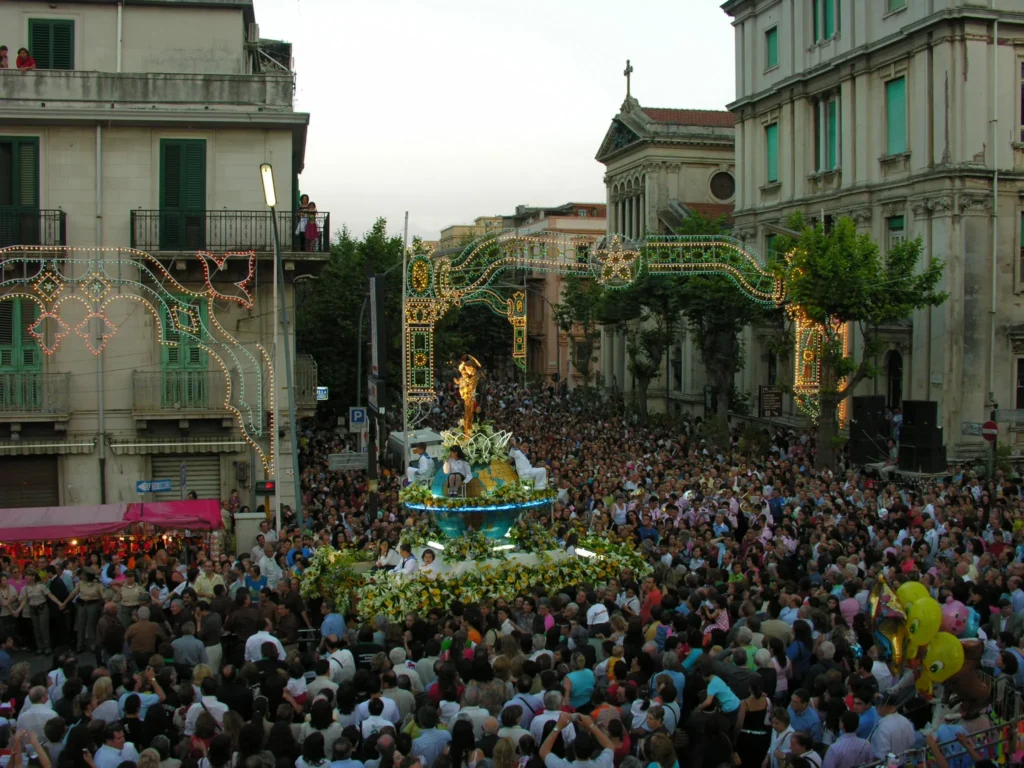
Messina, a city steeped in rich history and long-standing religious traditions, annually renews its profound devotion and reverent homage to one of the world’s most beloved saints, Saint Anthony of Padua, often affectionately referred to by devotees as “Saint Anthony of Messina.” This deeply spiritual event, held every June, attracts thousands of faithful who come from across the province of Messina, throughout Sicily, and even from neighboring Calabria, all converging on the Basilica to honor the miraculous statue of Saint Anthony that has resided in the sanctuary since 1907.
Pilgrimage and Devotion
The pilgrimage begins on June 12th and 13th, when the faithful arrive early in the day to participate in acts of devotion, walking with deep reverence down the Basilica’s nave. The streets leading to the Basilica are filled with fervent pilgrims, many of whom walk barefoot, while others make the journey on their knees, offering thanks for the graces and blessings they have received through the intercession of Saint Anthony. Mothers often carry their children dressed in Antonian habits, emphasizing the saint’s great affection for children and his role as their protector. As the pilgrims move through the Basilica, they are given thousands of blessed bread rolls, a tradition that symbolizes the saint’s miraculous acts and generosity towards the poor.
The Triumphal Procession
The climax of the celebration occurs on the Sunday following June 13th, when the city of Messina comes alive with the grand Procession of the Triumphal Chariot of Saint Anthony. The statue of Saint Anthony is mounted atop a towering 7-meter high chariot, a sight that commands awe as it winds through the streets of Messina. The chariot, now a prominent symbol of the procession, was constructed in 1946, replacing a simpler version that was built in 1931. It is decorated lavishly, with Saint Anthony himself adorned in votive gold, a testament to the deep affection and gratitude of the faithful. The chariot is surrounded by a sea of flowers, with about fifteen children dressed as sailors and escorted by the Antonian pages, symbolizing Saint Anthony’s love for children and orphans.
The procession is an emotional display of devotion, with many participants dressed in the Franciscan habit, commemorating the saint’s association with the Franciscan order. Some devotees push the chariot through the streets barefoot, while others cry out in joy and reverence, celebrating Saint Anthony’s spiritual influence as a teacher of faith and life. The procession is preceded by a golden reliquary bust containing an esteemed relic of the saint, further enhancing the solemnity and significance of the event.
Saint Annibale Maria di Francia’s Role
The tradition of the Saint Anthony feast has flourished in the 20th century, largely thanks to the tireless work of Saint Annibale Maria di Francia, the founder of both the Basilica Sanctuary and the Antonian Orphanages in Messina. His efforts to care for the city’s most vulnerable, particularly orphans, have left an enduring mark on the community. His incorrupt body is now interred in the crypt of the Basilica, and his devotion to Saint Anthony of Padua played a key role in spreading the saint’s legacy. Saint Annibale was also instrumental in the establishment of the “Bread of Saint Anthony,” a charitable tradition that began in the late 1800s. This pious institution continues to thrive today, with the distribution of blessed bread symbolizing Saint Anthony’s generosity and protection, and is now a beloved custom worldwide.
A Celebration of Faith and Community
The Feast of Saint Anthony of Messina has become a major religious and cultural event, drawing visitors from all corners of Southern Italy and beyond. The devotion and popular piety expressed during the celebration is moving, with locals and tourists alike participating in the extraordinary procession and other religious activities. In recent years, the event has been enhanced by a “White Night” held the evening before the procession. This vibrant gathering features street artists, musical performances, cultural events, sports, and delicious Sicilian food, creating a festive atmosphere that welcomes both pilgrims and tourists who come to share in the joy and solemnity of the occasion. Through this grand display of faith, devotion, and community, Messina reaffirms its deep connection to Saint Anthony of Padua, preserving and celebrating the rich religious traditions that have been passed down through generations.
Feast Day
Feast Day : 13th June
The feast day of the Basilica Shrine of the Sacred Heart of Jesus and St. Anthony in Messina, Italy, is primarily celebrated on June 13th, which honors St. Anthony of Padua. This day marks the feast of St. Anthony, and the festivities extend through June 12th and 13th with a pilgrimage to the Basilica.
The Triumphal Procession of St. Anthony occurs on the Sunday after June 13th, making this period a significant religious event in the city. It is a time when thousands of pilgrims gather to honor St. Anthony and celebrate his life and miracles.
Church Mass Timing
Monday to Sunday : 7:30 AM , 8:30 AM , 9:00 AM , 10:00 AM , 11:00 AM , 6:00 PM.
Church Opening Time:
Monday : 7:00 am – 12:00 pm., 4:30 pm – 7:30 pm.
Tuesday : 7:00 am – 12:00 pm., 4:30 pm – 7:30 pm.
Wednesday : 7:00 am – 12:00 pm., 4:30 pm – 7:30 pm.
Thursday : 7:00 am – 12:00 pm., 4:30 pm – 7:30 pm.
Friday : 7:00 am – 12:00 pm., 4:30 pm – 7:30 pm.
Saturday : 7:00 am – 7:15 pm
Sunday : 7:00 am – 12:00 pm., 4:30 pm – 7:30 pm.
Contact Info
Address :
Basilica Shrine of the Sacred Heart of Jesus and St. Anthony
Via Santa Cecilia, 121, 98123 Messina ME, Italy
Phone : +39 090 669705
Accommodations
Connectivities
Airway
Basilica Shrine of the Sacred Heart of Jesus and St. Anthony, Messina, Italy, to Fontanarossa Airport (CTA) Via Fontanarossa, distance between 1 hr 14 min (108.4 km) via A18.
Railway
Basilica Shrine of the Sacred Heart of Jesus and St. Anthony, Messina, Italy, to Messina Centrale Piazza della Repubblica, distance between 7 min (1.4 km) via Via Santa Cecilia and Via Giuseppe La Farina.


